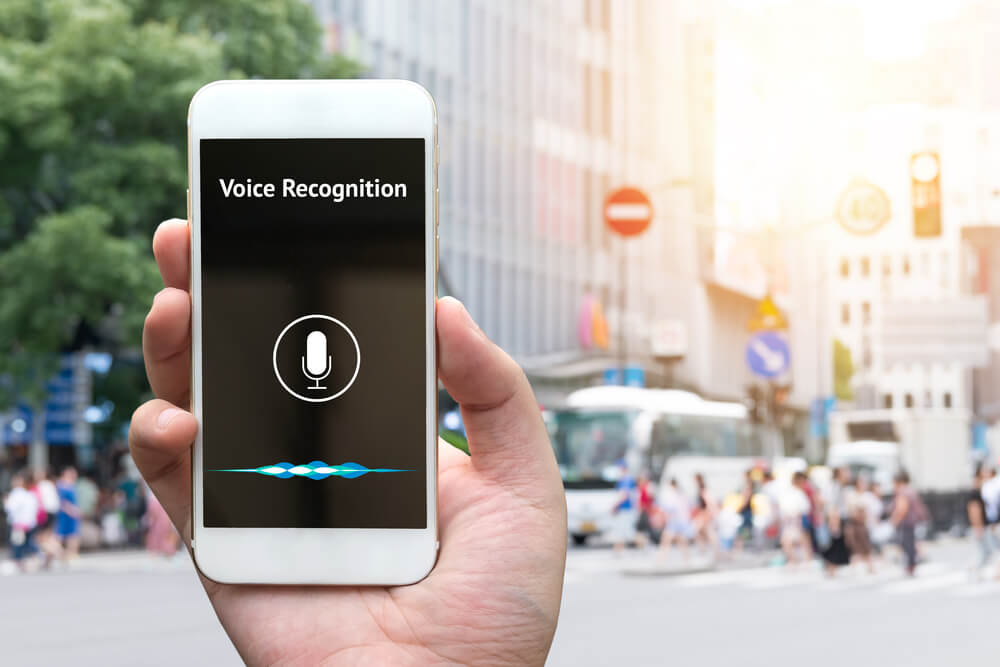Both voice recognition and speech recognition are technologies that have evolved exponentially over the past few years. Given the level of their development, both have numerous applications that can boost convenience, enhance productivity, and help businesses. Our experts take a look at voice recognition vs speech recognition.
What’s The Difference?
The terms voice recognition and speech recognition can be interchangeably used. However, they both refer to completely different things. Speech recognition is to arrive at the words that are being spoken. Therefore, speech recognition programs strip away personal idiosyncrasies such as accents to detect words. Voice recognition on the other hand aims to recognize the person speaking the words, rather than the words themselves. Therefore, voice recognition software disregards language.
Speech Recognition
Speech recognition involves recording spoken words using some type of recording device (i.e. microphone or digital voice recorder). The audio is then converted into a set of words stored digitally within the device or program.
Any speech recognition program is evaluated using 2 factors:
1. Accuracy (percentage error in converting spoken words to digital data)
2. Speed (extent to which the program can keep up with a human speaker)
Speech recognition technology has a long list of applications. The programs are most commonly used in the healthcare, legal, and business industries.
Voice Recognition
The uses of voice recognition are decidedly different from those of speech recognition. The purpose of voice recognition is to identify the person who is speaking.
Voice recognition works by scanning the aspects of speech that differ between individuals. Everyone has a way of speaking unique to them. This is a result of their physiology and behavioral patterns.
Additionally, voice recognition technology is used to confirm the identity of the speaker or determine the identity of an unknown individual. Another term that is often used is speaker recognition.
Speaker recognition is using a person’s voice to authenticate that they are who they claim to be. Essentially, a person’s voice is used as a unique identifier. A sample of their speech is recorded. Then, that person’s speech patterns are compared against a database to see if there is a match between the person’s voice and their voice sample. This is almost always used for verification systems in situations where users would want very secure access.

